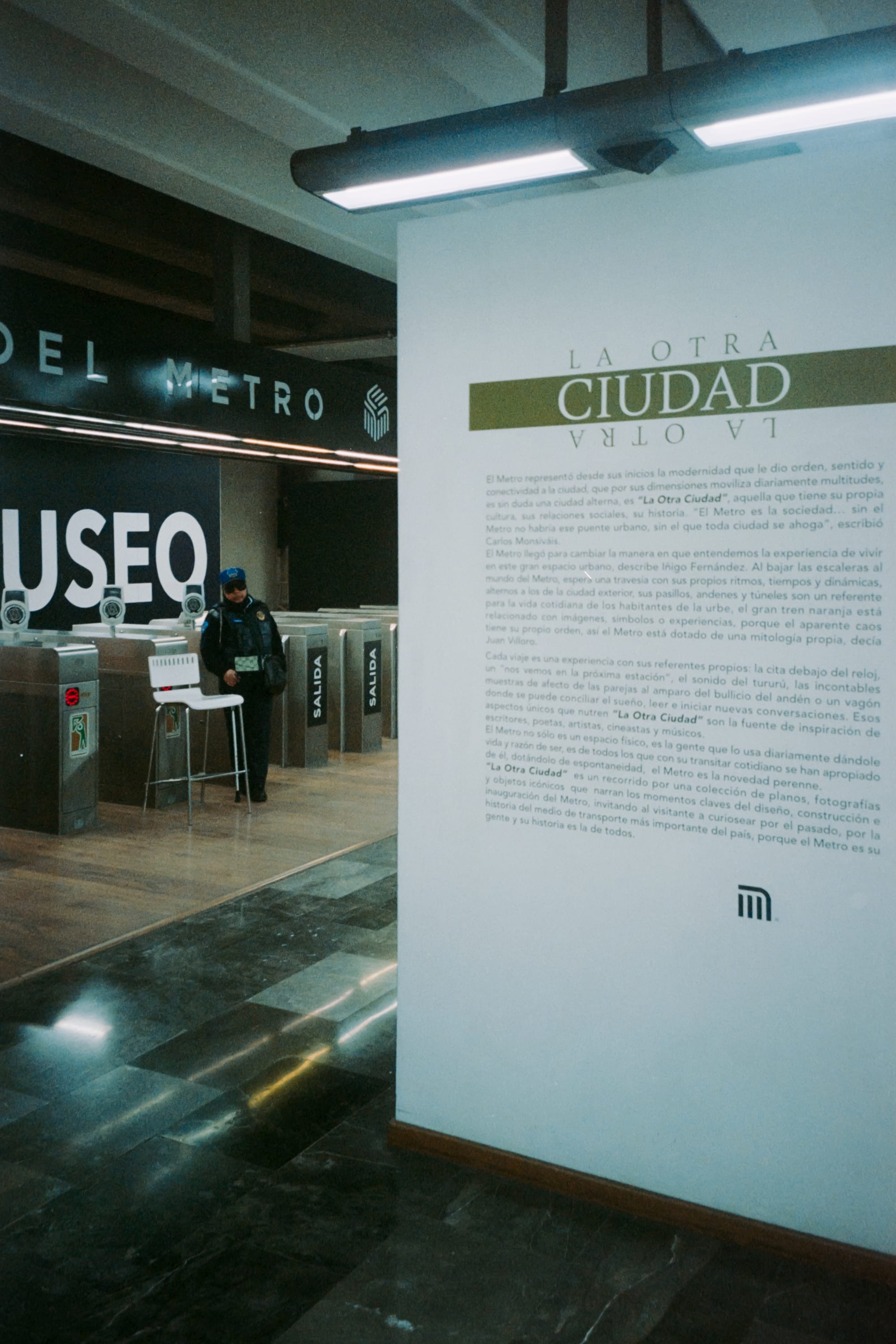[en] February: The Underground Capital
Mexico City's Metro is a parallel city and underground reflection of the metropolis. This essay captures in 22 photos a world where art, history, and millions of lives converge. A space where each station is its own culture and chaos finds order, transporting people and their stories.
![[en] February: The Underground Capital](/content/images/size/w1200/2025/03/DSCF1846-Enhanced-RD-1.jpeg)
Mexico City's Metro is much more than a transport system; it is a parallel city, an underground reflection of the metropolis above. As the second entry of Dosis Diaria 2025, "The Underground Capital" is a photographic essay that seeks to capture the essence of this alternative world, with its own culture, ordered chaos, and visual uniqueness. Using a Contax TVS and two rolls of color film (Kodak Portra 800 and Flic Film Aurora 800), I selected 22 images that narrate the unique stories and textures of this space. The journey covered more than 10 stations and 10 of the system's 12 lines, exploring the cultural, decorative, and architectural contrasts that make Mexico City's Metro an unrepeatable place. From the stairs that descend into this universe to the murals, mosaics, and structures that inhabit it, each image is a testimony to a space where millions of lives converge daily.
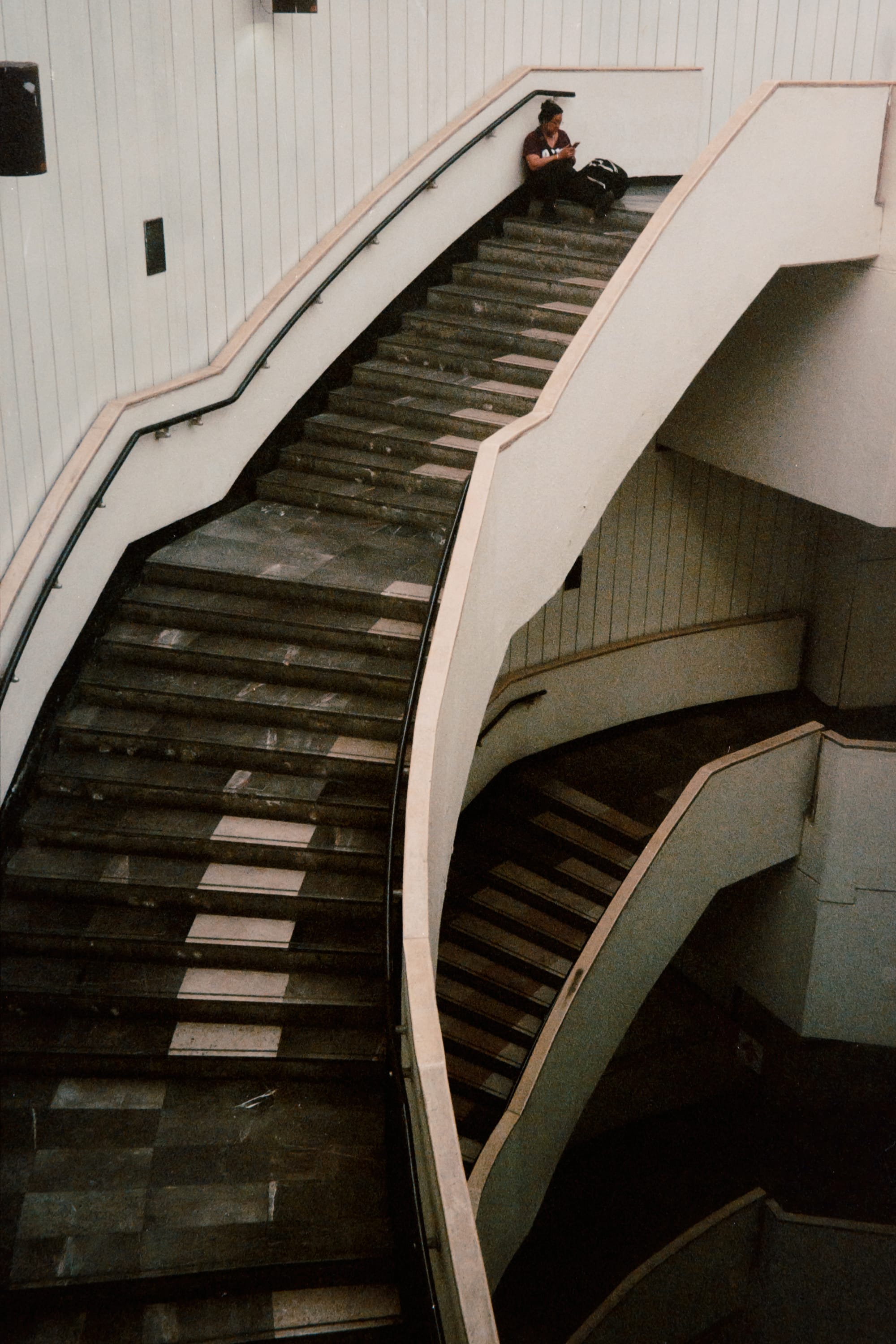
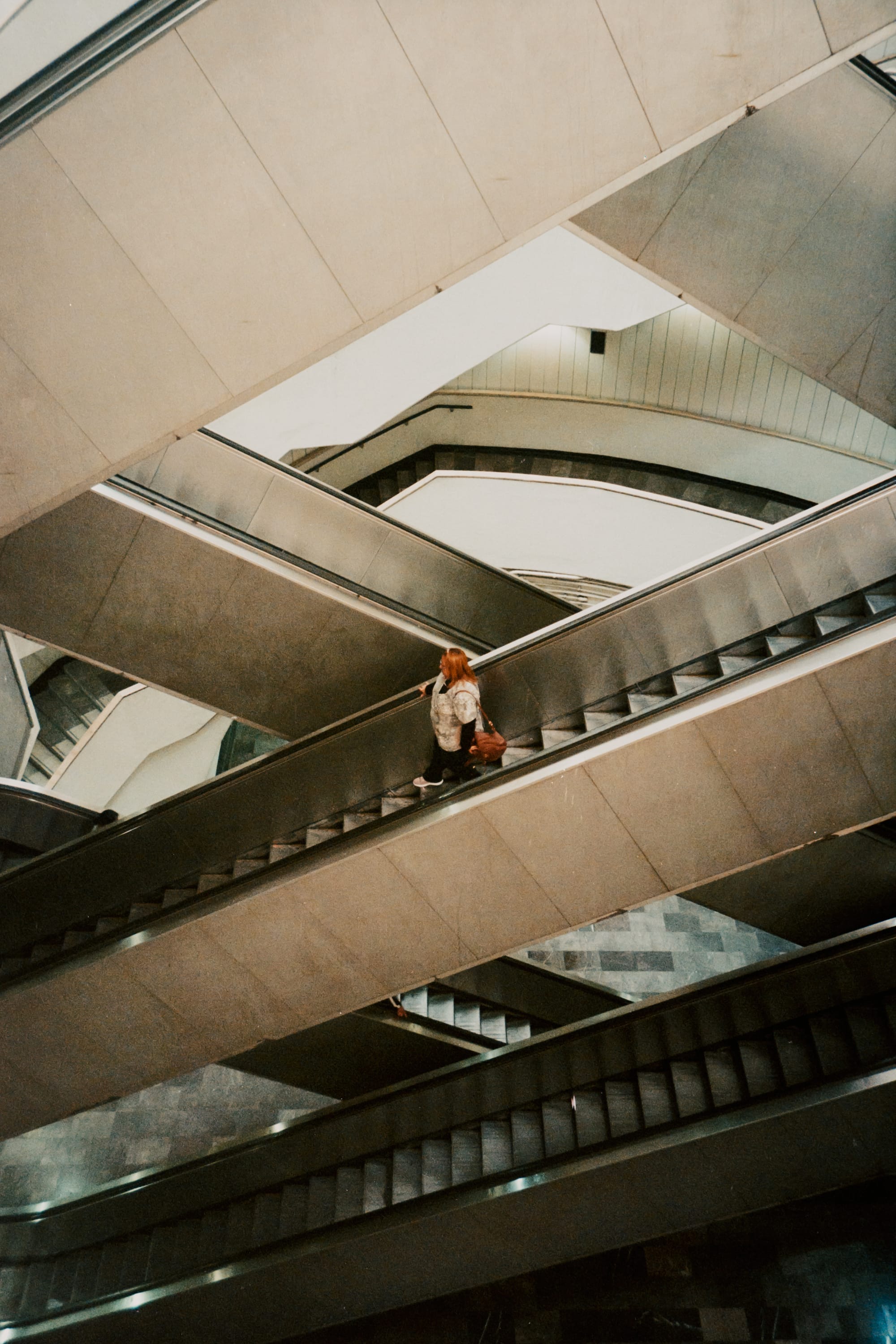
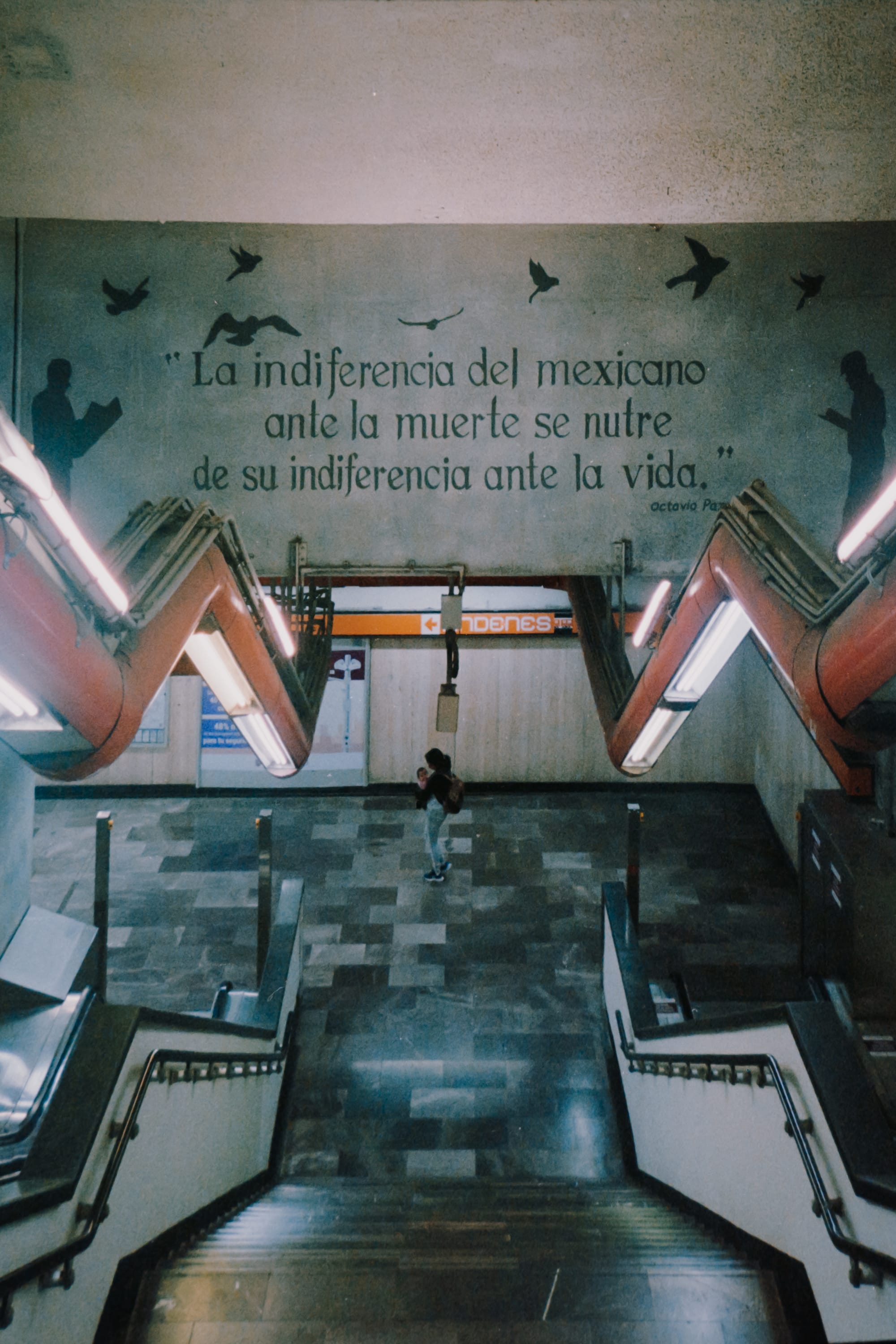
The series begins with the descent into this world: the escalators connecting the surface with the underground. This descent is both physical and symbolic, a transition to a space where chaos has its own rhythm and order. In stations like Bellas Artes, architectural details blend with the country's cultural history, while in places like Copilco or Tacubaya, mural art transforms corridors into living galleries.
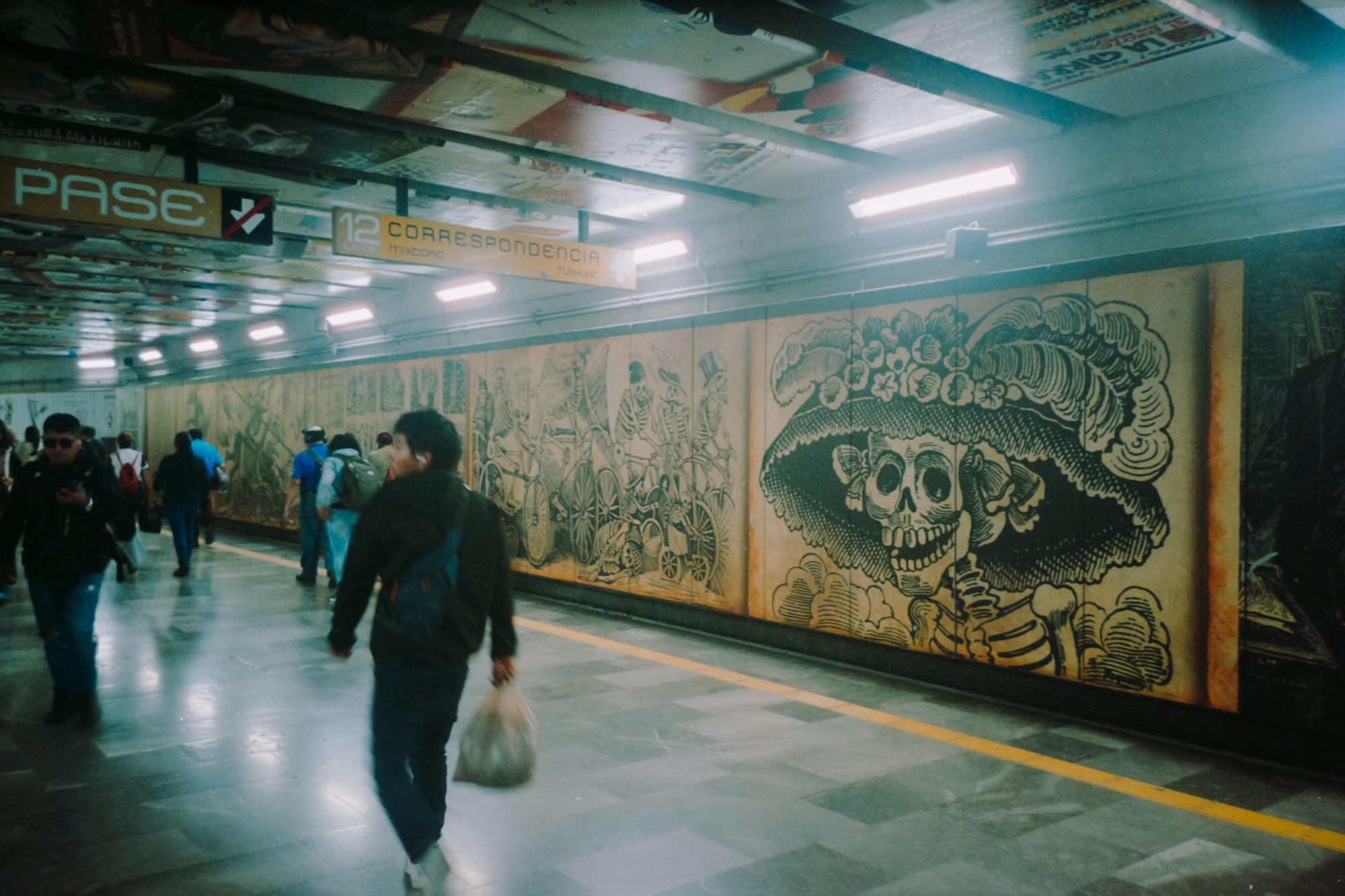
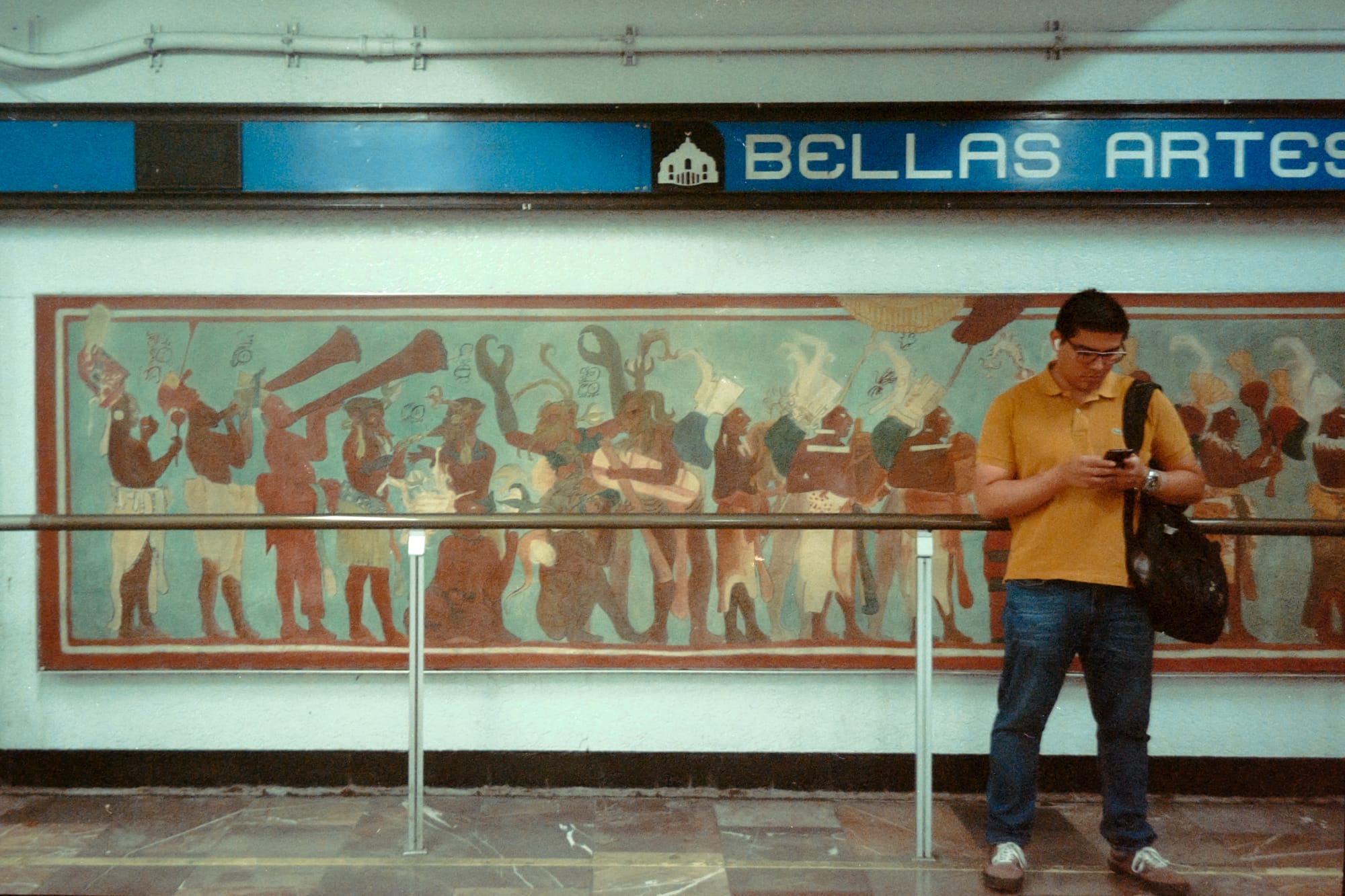
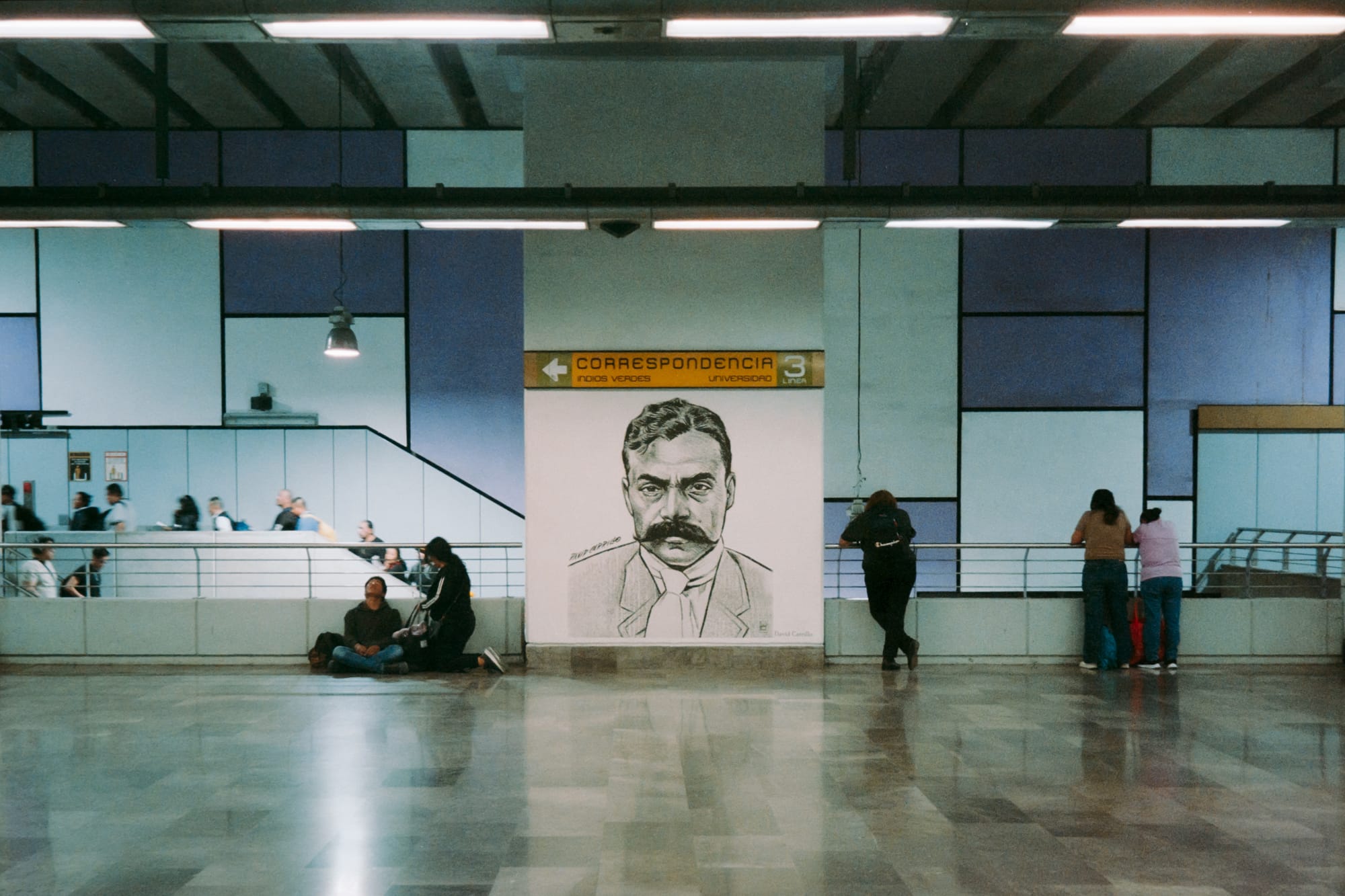
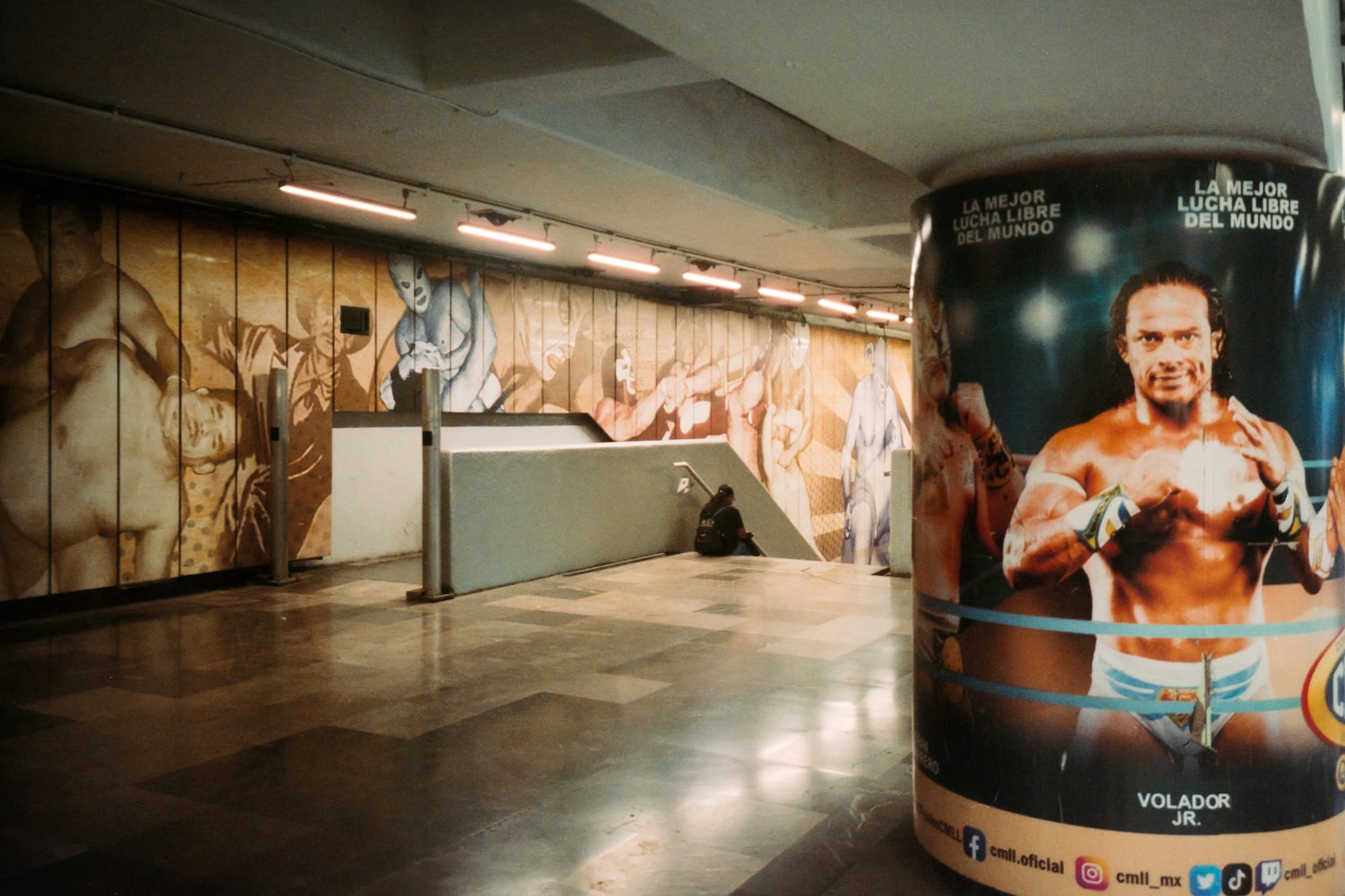
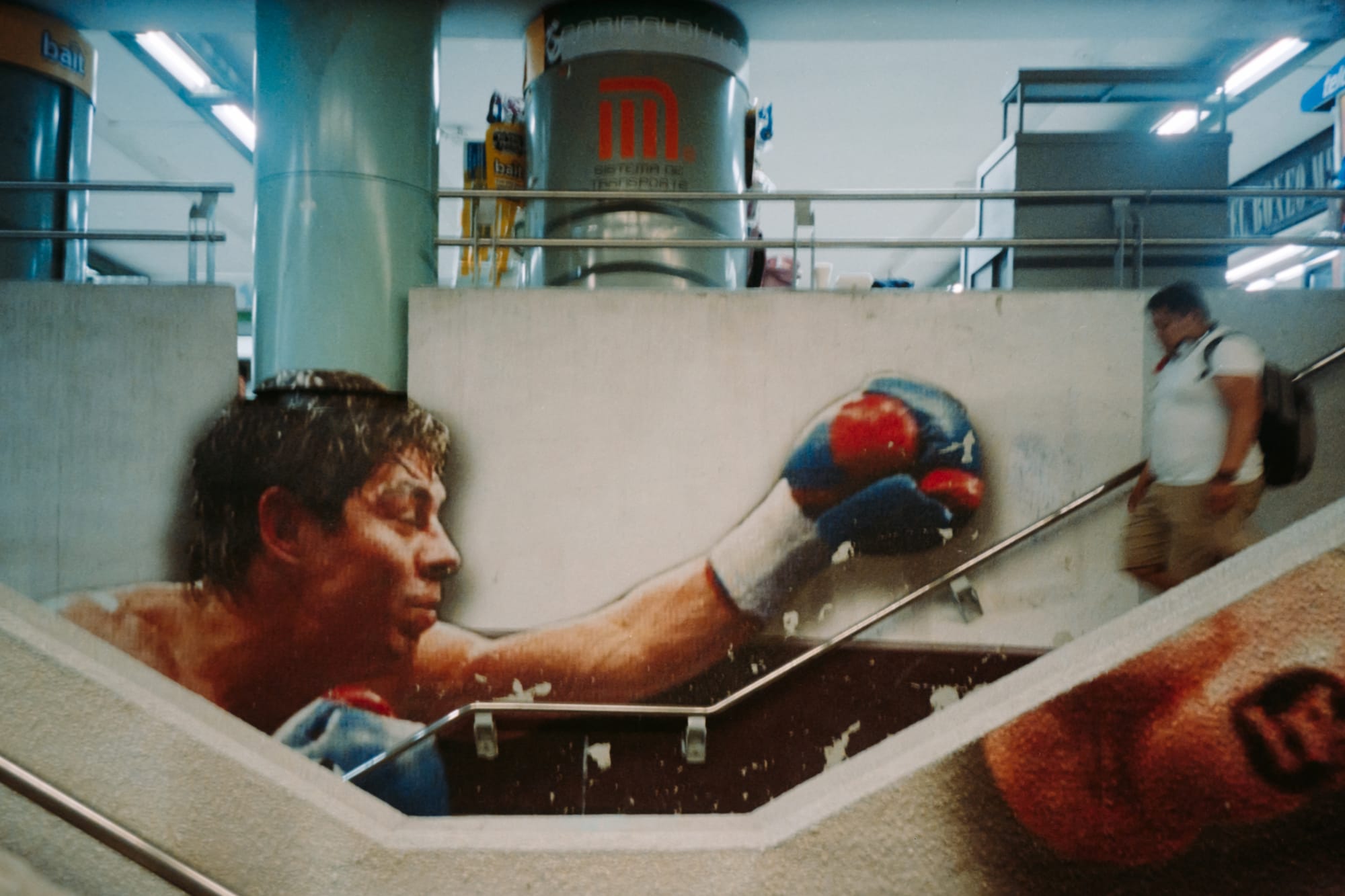
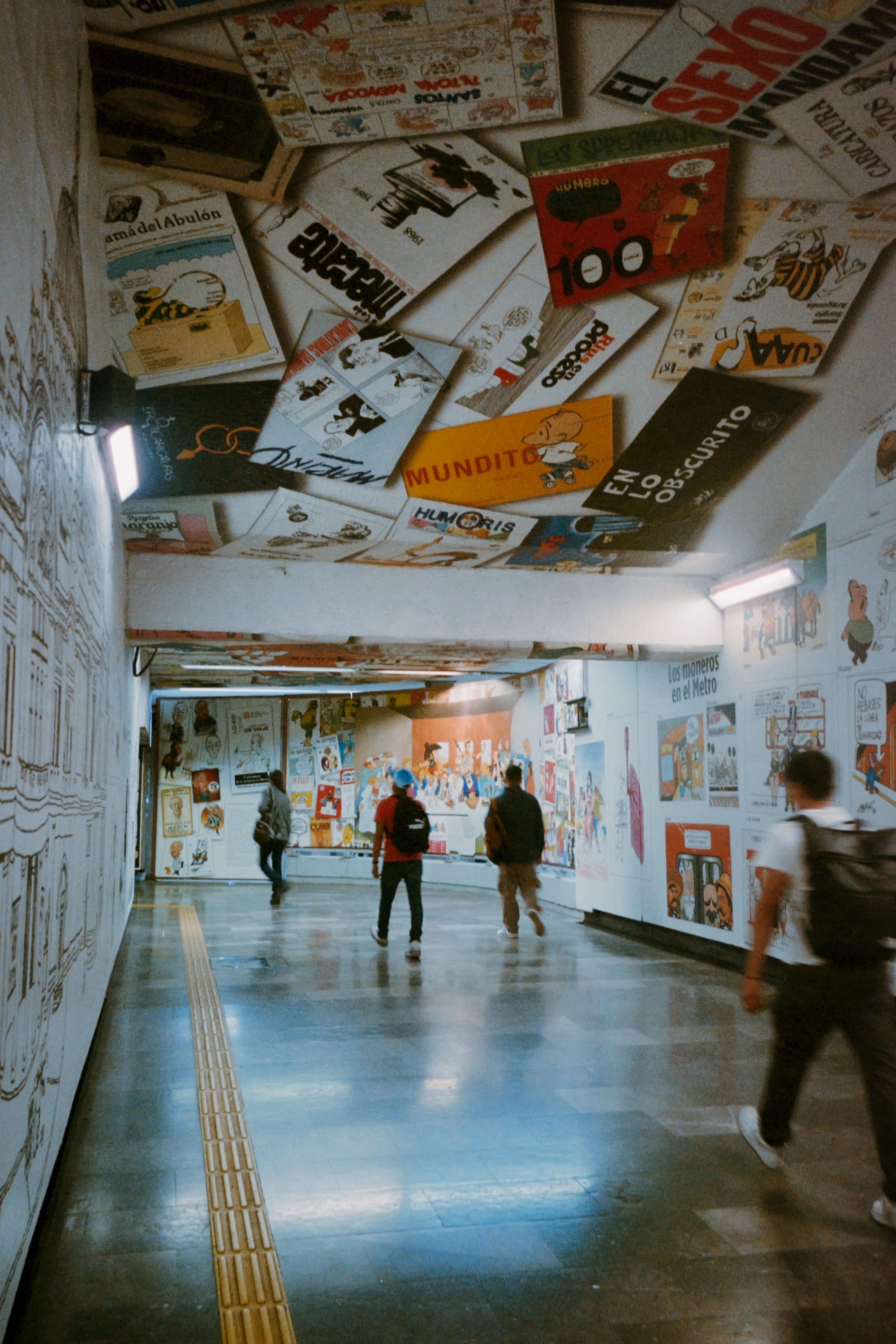
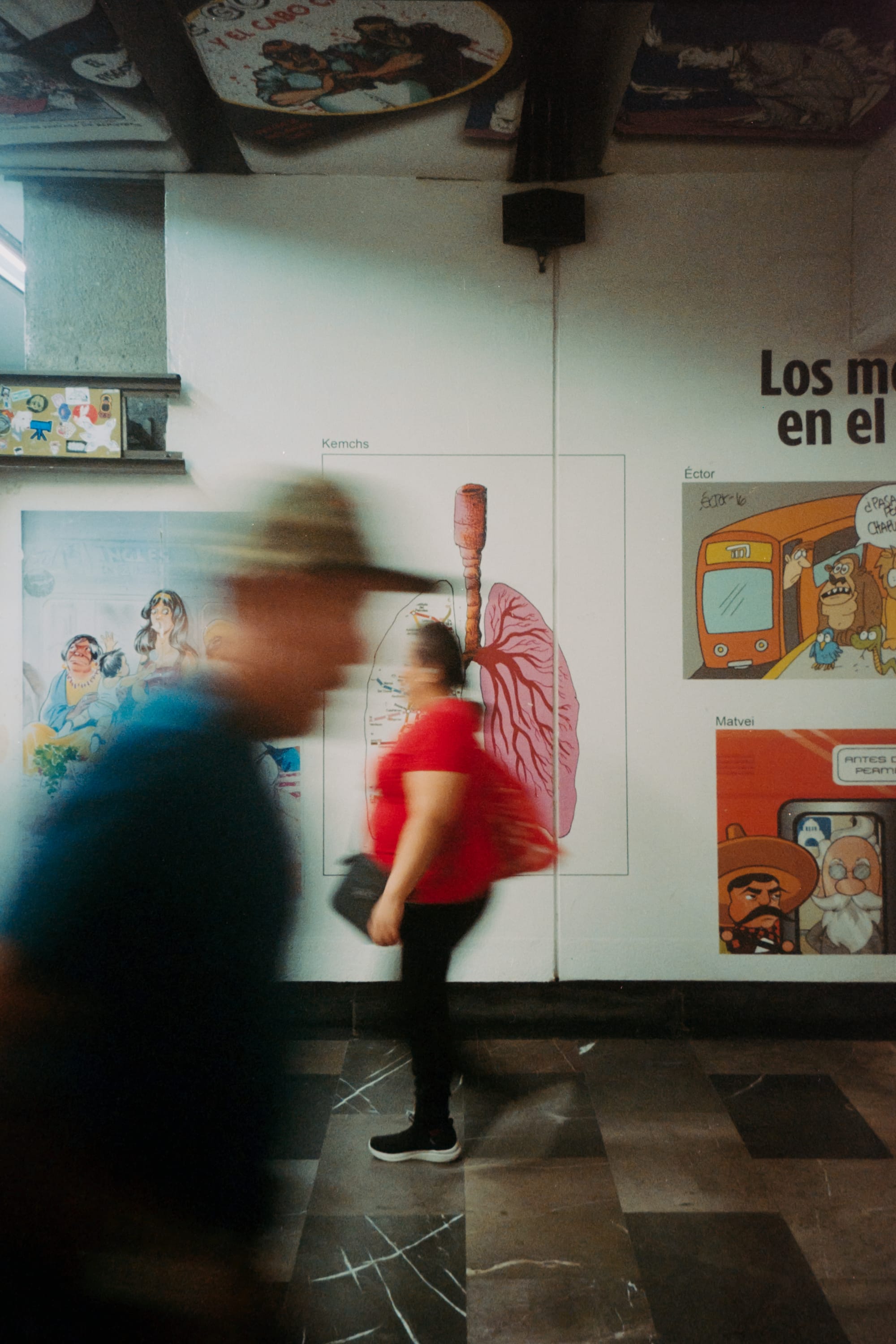
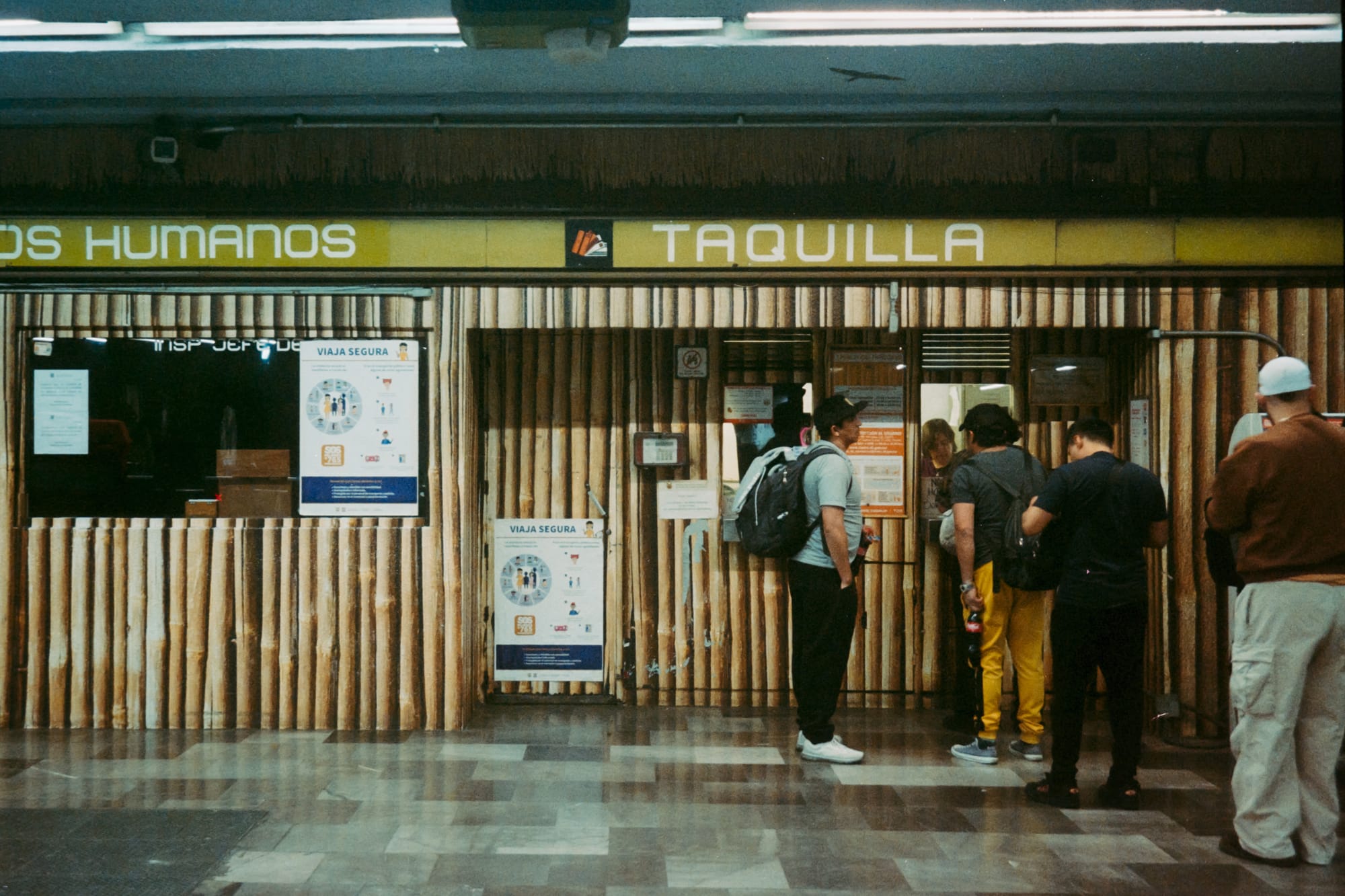
Each station has its unique character. In contrast, Refinería impresses with its complex intersections of escalators surrounded by a pair of helical staircases, creating an almost futuristic aesthetic. In Copilco, historical murals evoke humanity's ancestral past, while in Zapata, caricatures of the revolutionary mix with scenes of peasant struggle, honoring his legacy. Pedro Friedeberg's exquisite murals in Bellas Artes, with their impossible perspectives and hypnotic patterns, contrast with the vibrant iconography of wrestling in Guerrero station, where masks and silhouettes of legendary wrestlers decorate the corridors. The small Metro museum in Mixcoac offers a fascinating retrospective of the system's evolution, while in Garibaldi, representations of Mexican boxing pay tribute to great national champions, perfectly complementing the cultural atmosphere of this station.
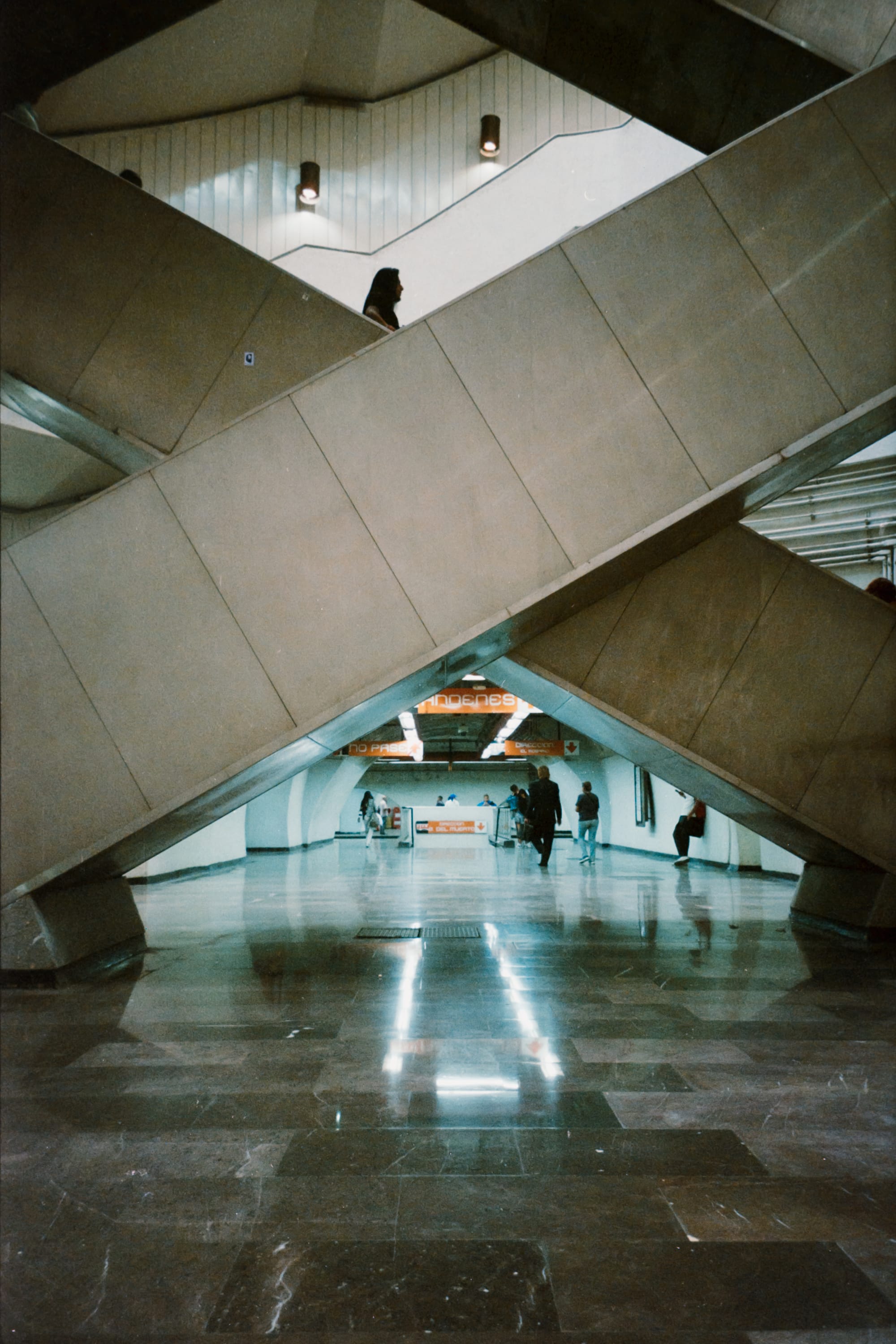
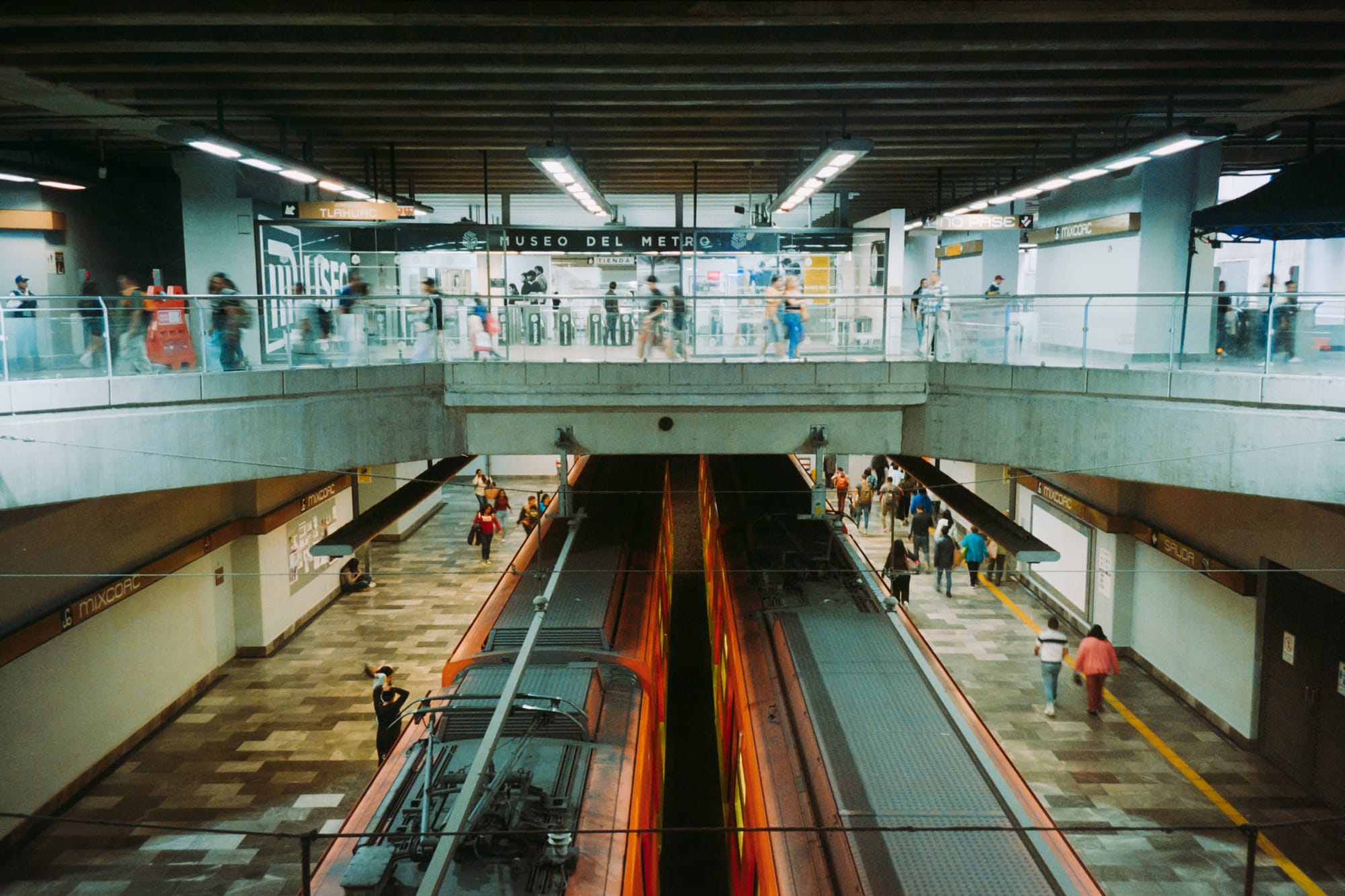
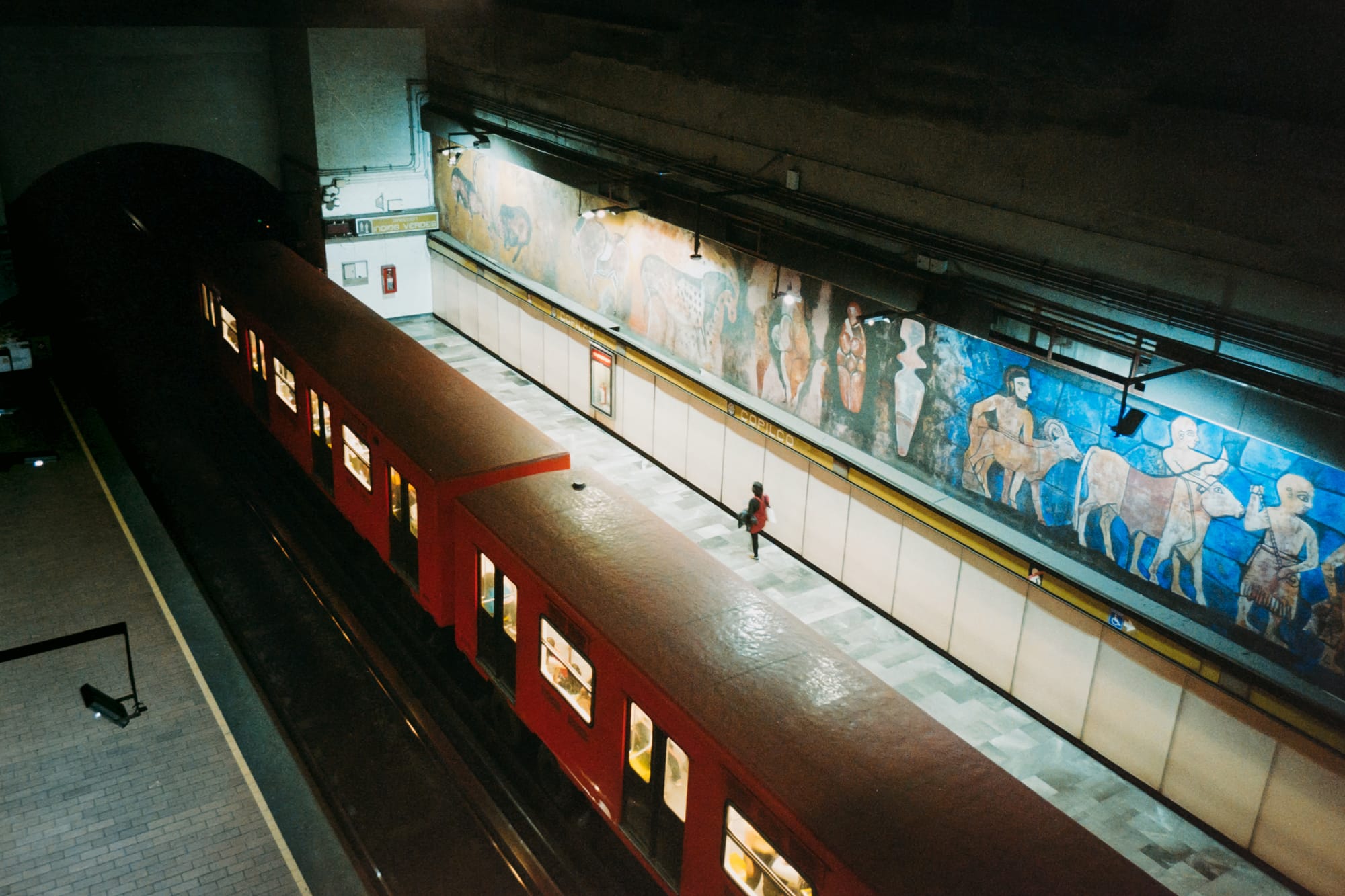
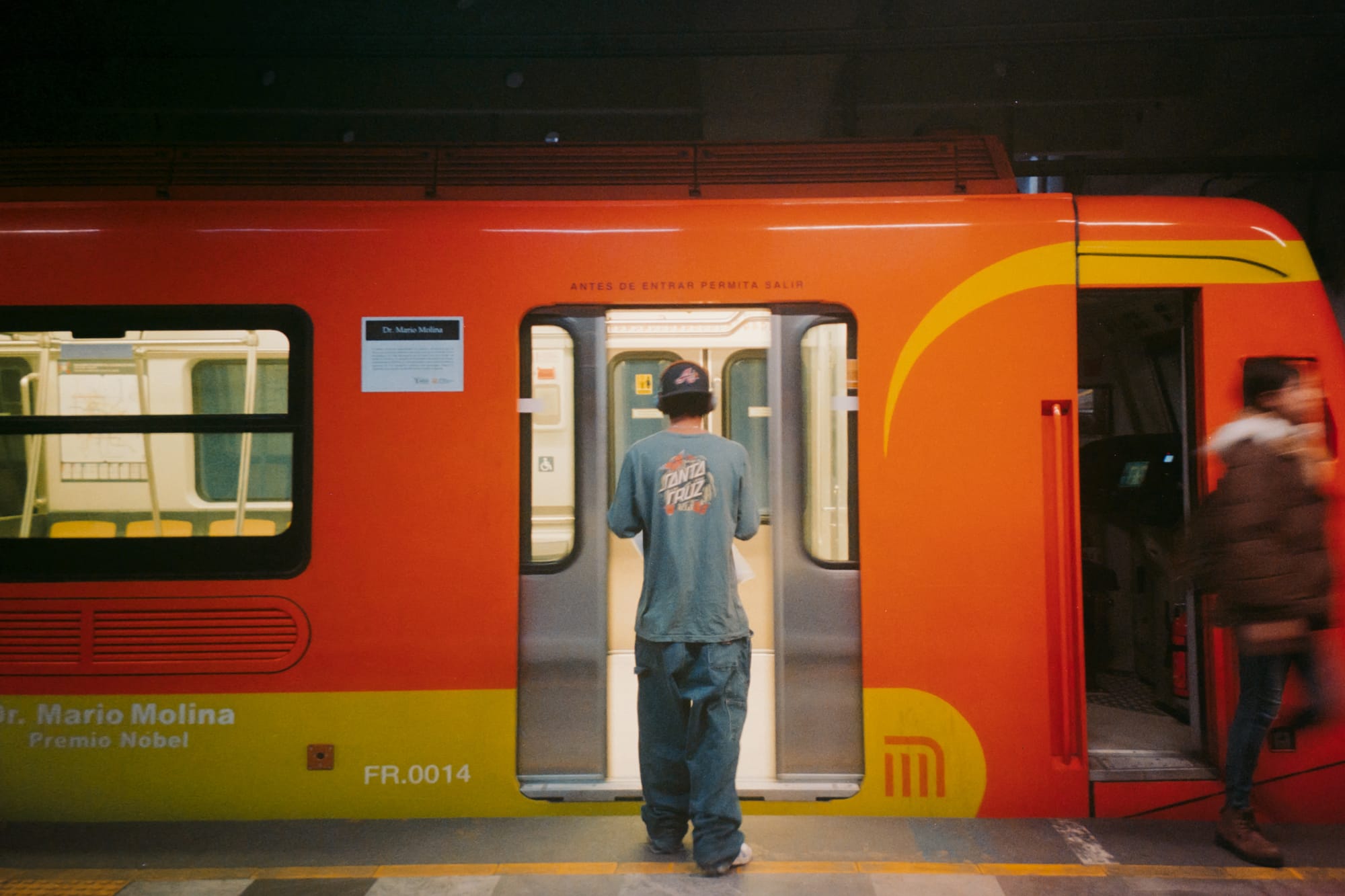
Beyond its infrastructure, the Metro is defined by the people who use it. Each day, it transports more than 4 million passengers: students, workers, merchants, and street artists who transform this space into a social microcosm. But it is also home to those who work in it: street vendors, operational staff, and urban artists who find their main stage in these stations. "The Underground Capital" seeks to show how the Metro is inseparable from the cultural essence of Mexico City. Through these photographs, not only physical spaces are explored but also the human connections and stories that give it life. It is a place where daily routine meets unexpected cultural expressions: from murals dedicated to the Day of the Dead to literary phrases engraved on walls.
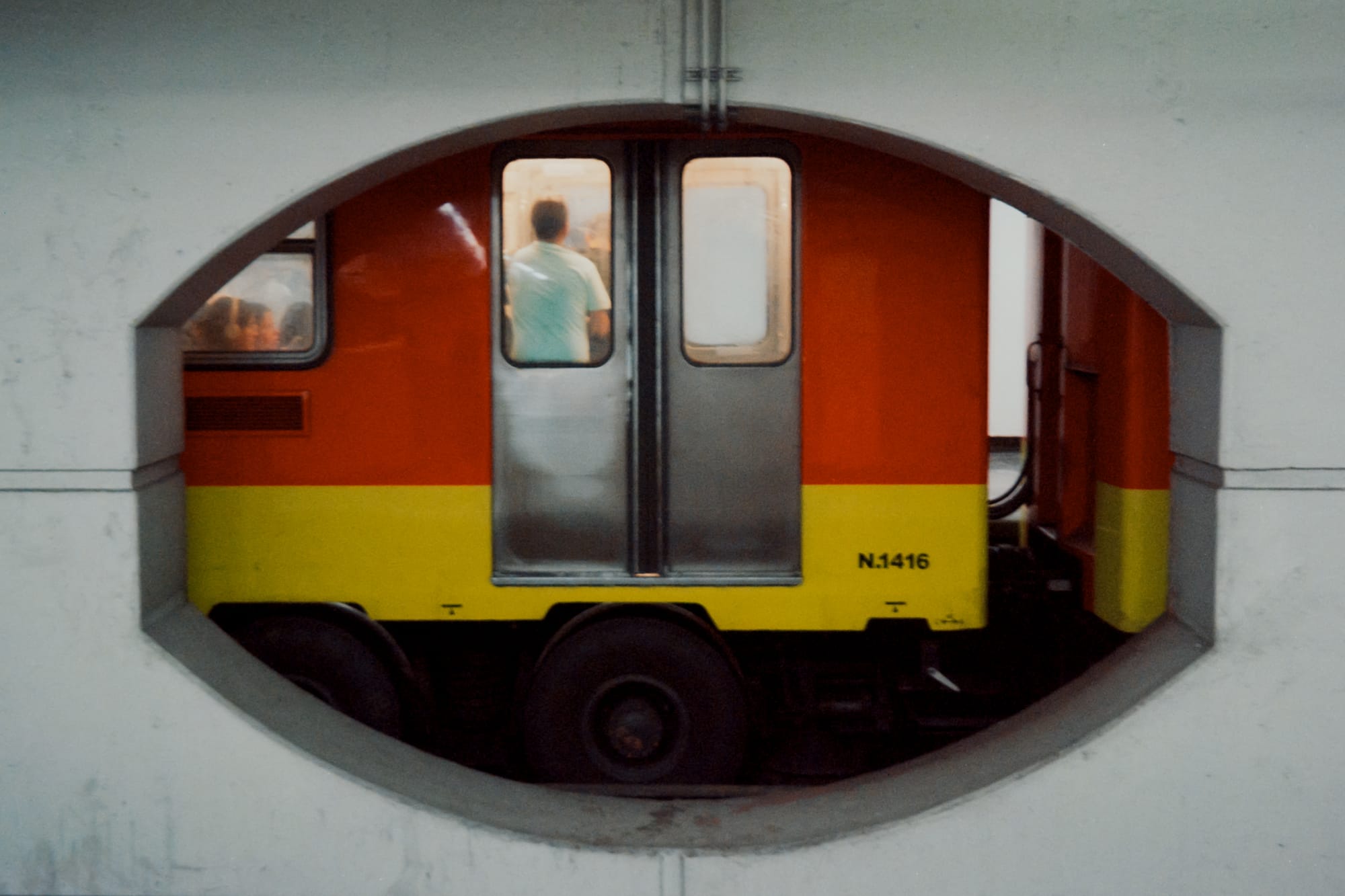
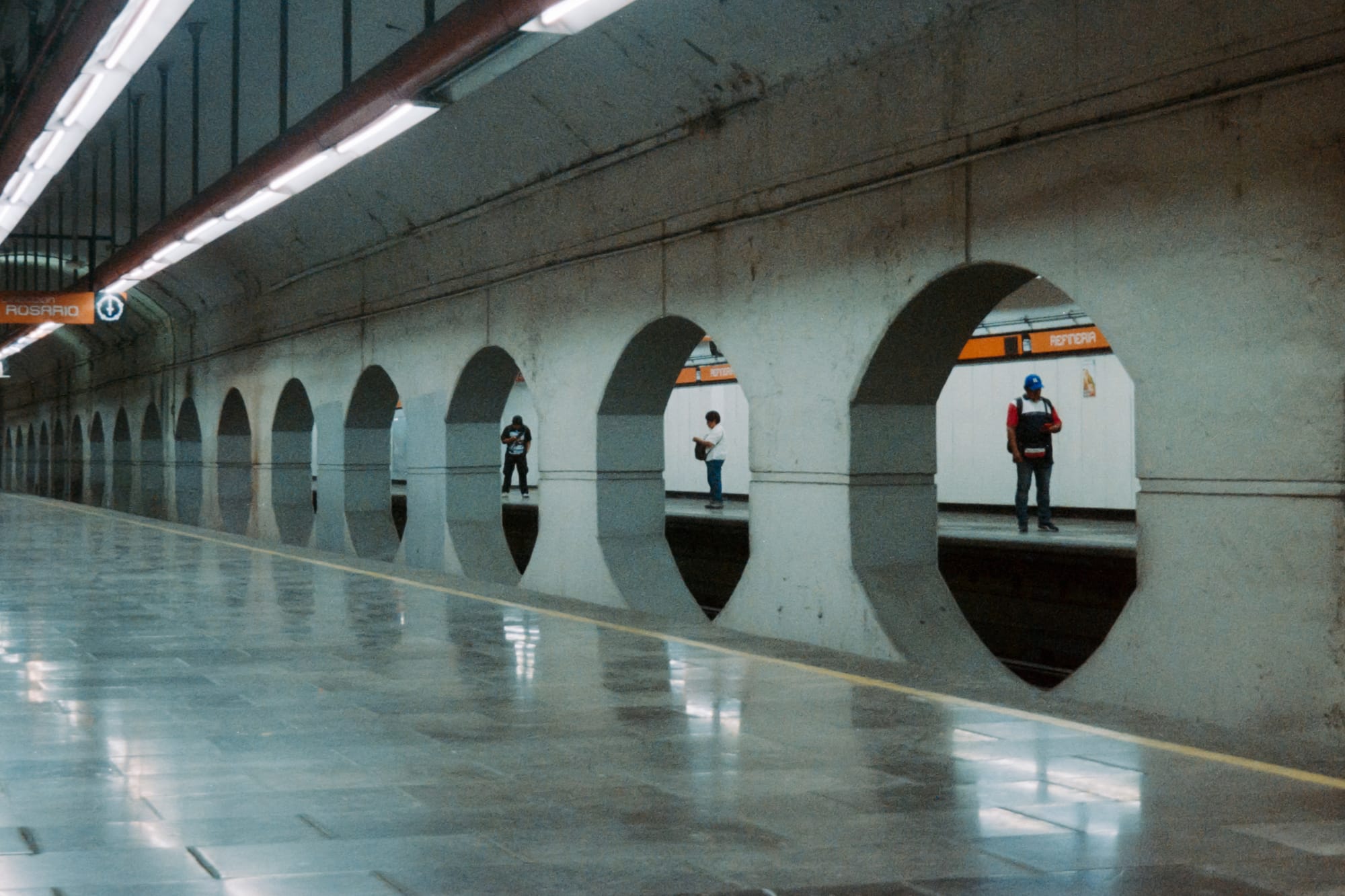
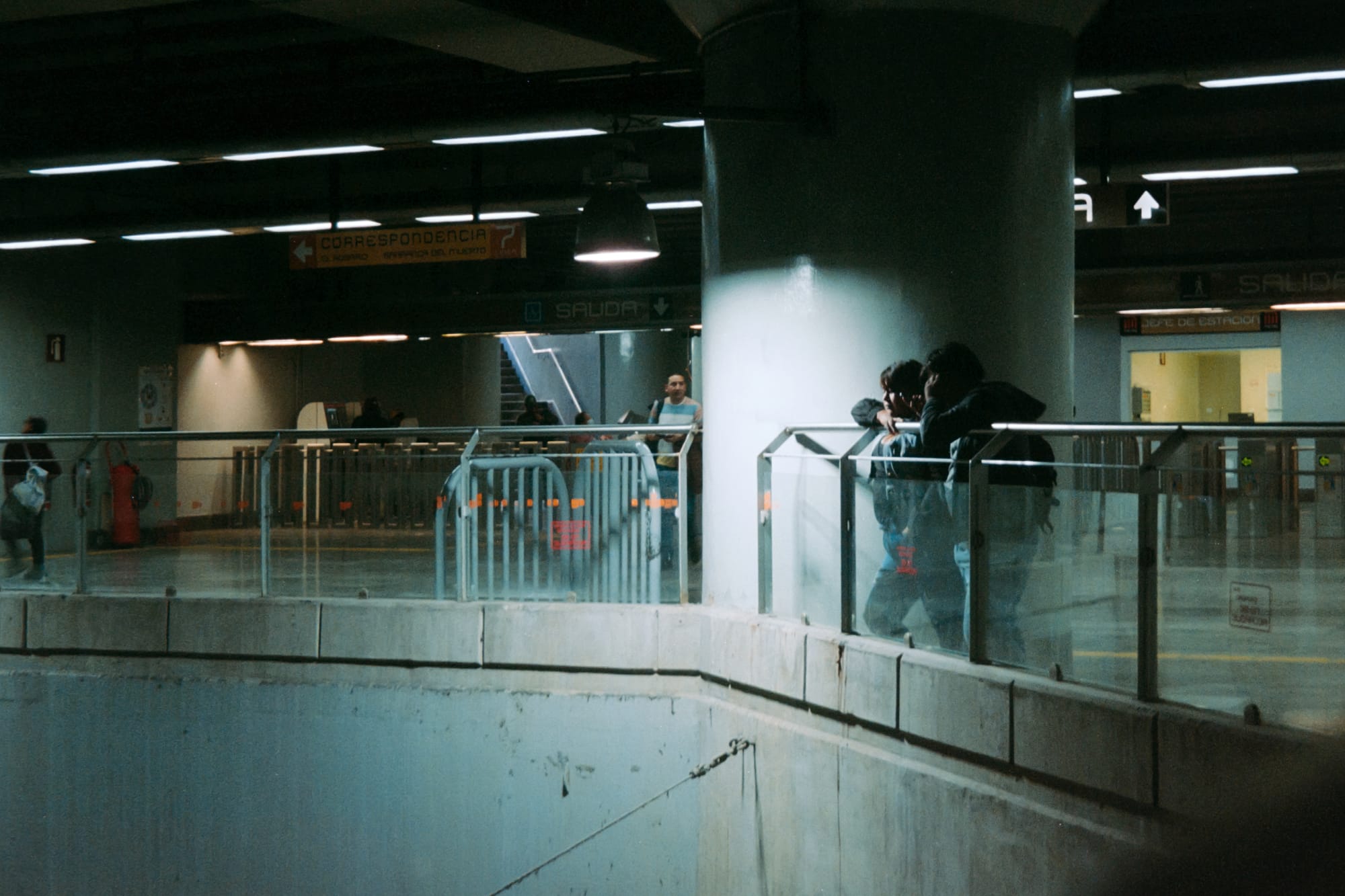
This project could not have been carried out in any other city because Mexico City's Metro not only transports people; it transports stories. It is a space where past and present, tradition and innovation, individuality and collectivity converge. The images capture that unique spirit: an organized chaos where everything seems to move at the same time but always forward, similar to the constant movement of trains transporting millions of people daily.
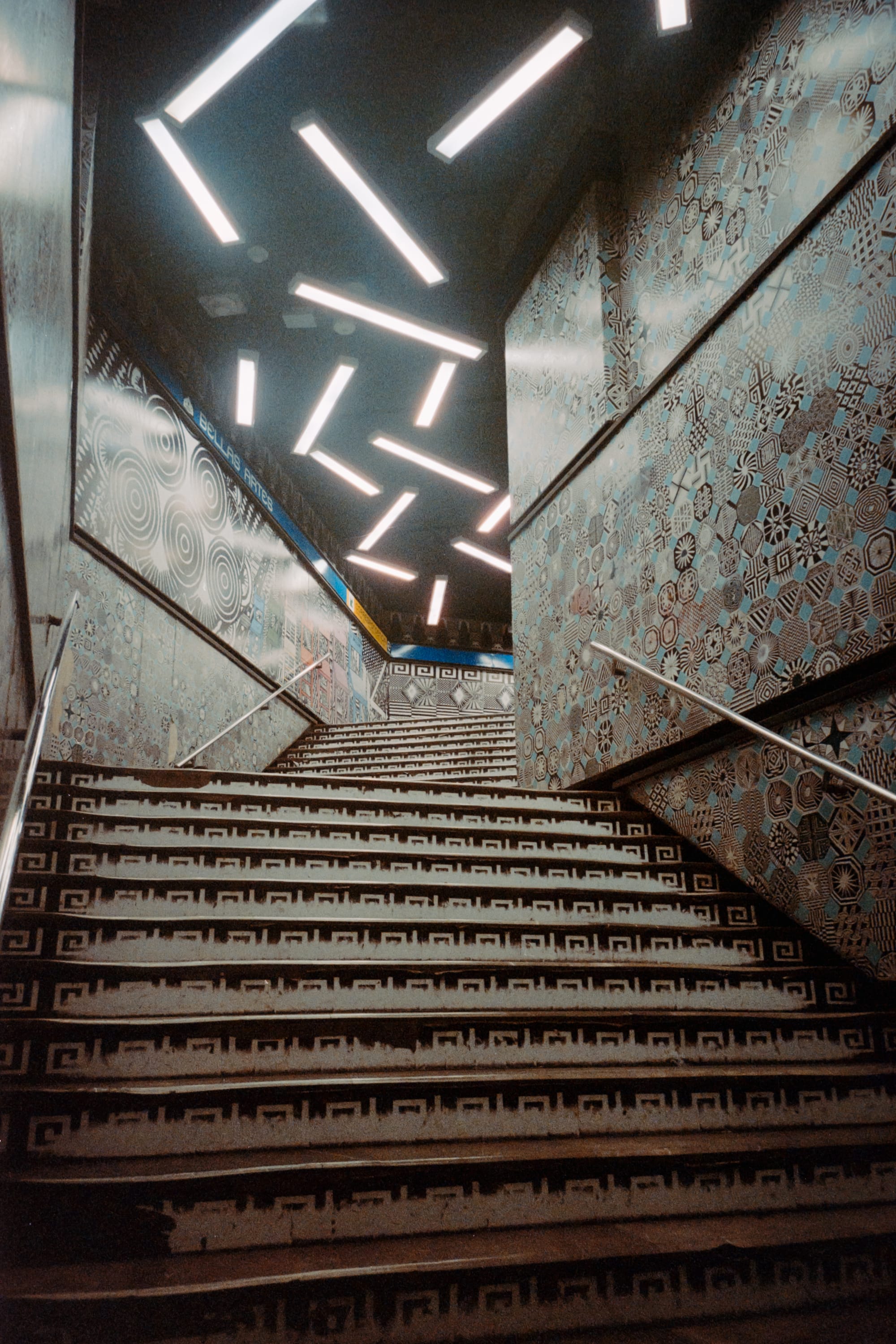
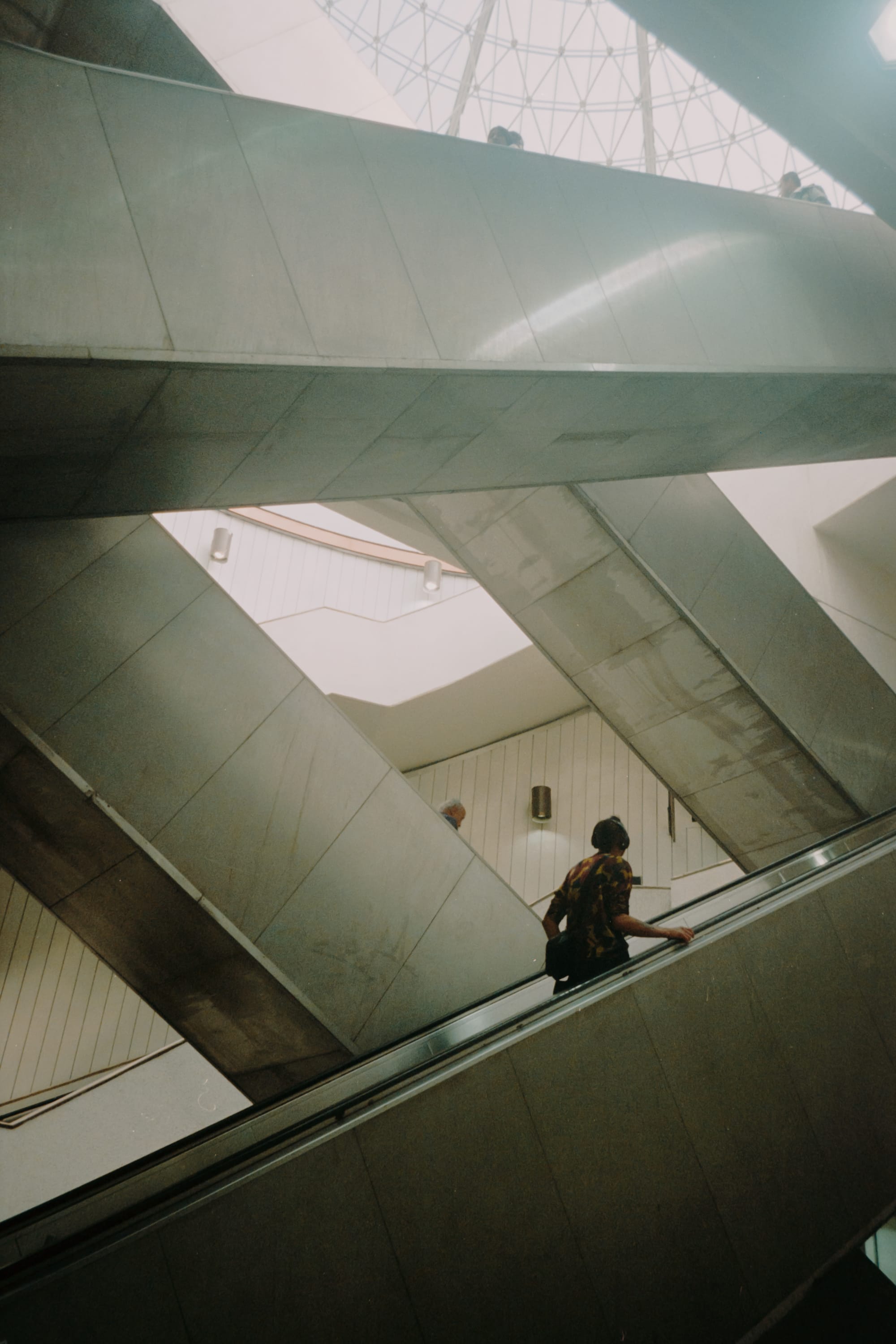
"The Underground Capital" is a visual tribute to this living ecosystem, where each station is a chapter and each passenger, one more line in this endless narrative.
